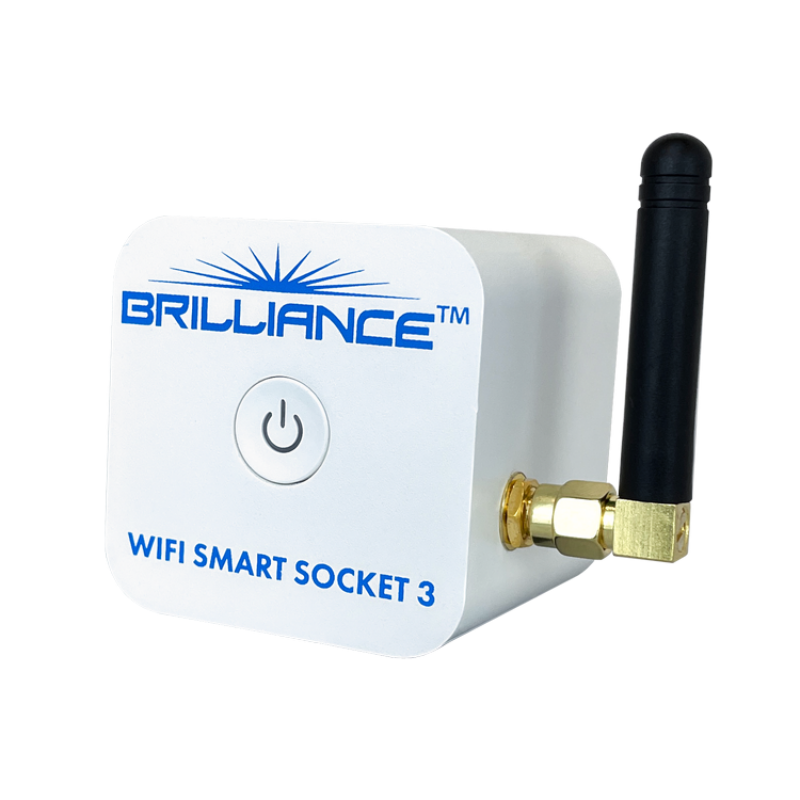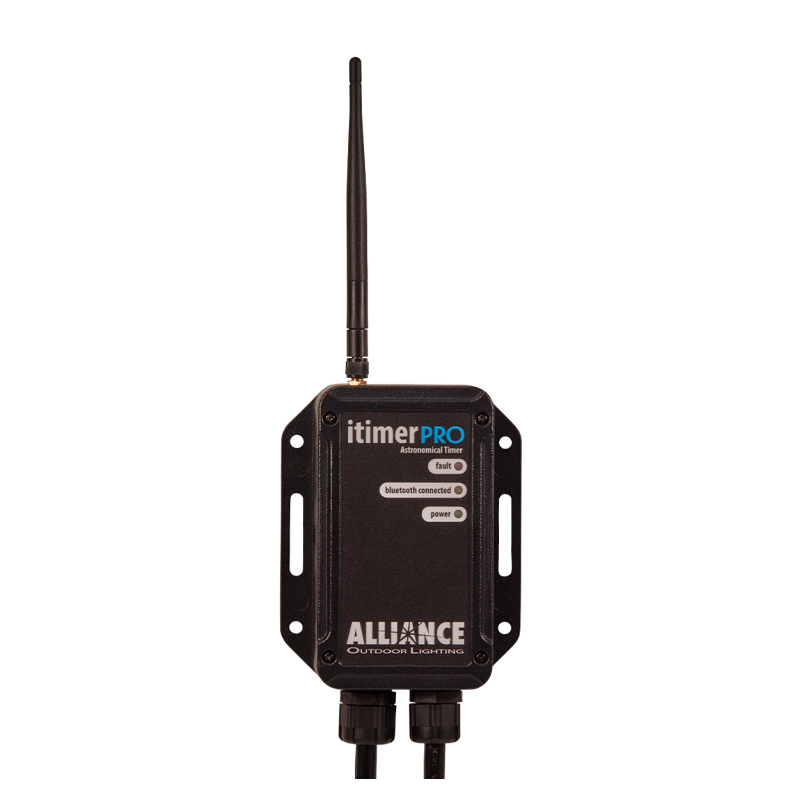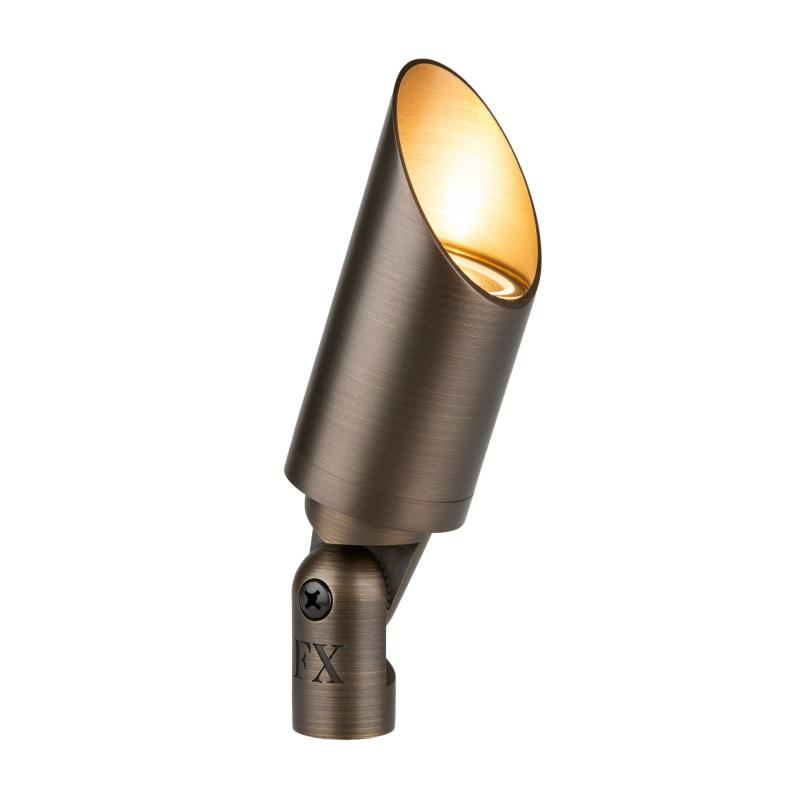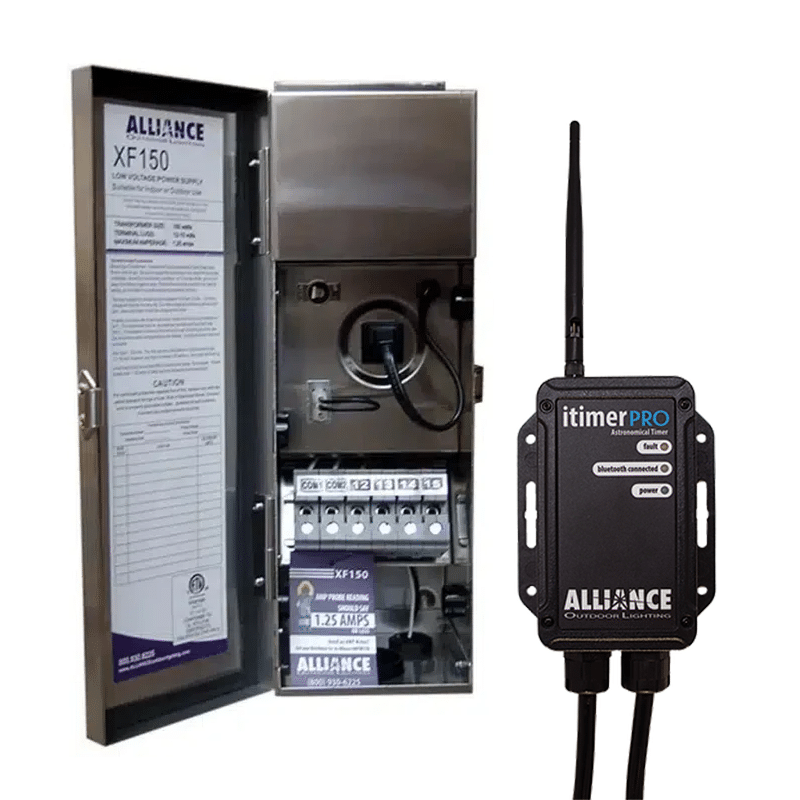Creating a beautiful outdoor lighting design requires careful planning and the right equipment. While most homeowners focus on selecting attractive fixtures from brands like FX Luminaire, Vista Pro, Sollos Lighting, and Unique Lighting Systems, they often overlook one of the most crucial components: the transformer. As the heart of your landscape lighting system, choosing the appropriate transformer is essential for performance, longevity, and safety.
Why Your Transformer Choice Matters
The transformer is the unsung hero of your landscape lighting system. It converts the standard 120-volt household current into a safer, low-voltage output (typically 12-15 volts) that powers your outdoor lighting fixtures. Without the proper transformer, you risk dimming lights, premature fixture failure, or even safety hazards.
Calculating Your Transformer Size Requirements
The first step in selecting the right transformer is determining the total wattage needed for your lighting plan. For a quick and accurate calculation, you can use our handy Transformer Calculator Tool.
Alternatively, here’s how to calculate this manually:
- Add up the total wattage: Count the number of fixtures and multiply by their maximum wattage rating. For LED fixtures, be sure to calculate using the fixture’s VA (volt-amperage) rating rather than just wattage when available, as this gives a more accurate picture of power consumption.
- Apply the 80% rule: Industry experts recommend running transformers at no more than 80% of their rated capacity. This provides a safety buffer and prolongs transformer life. For example, a 300-watt transformer should power no more than 240 watts of lighting.
- Factor in future expansion: If you think you might add more fixtures later, size your transformer with growth in mind. It’s more cost-effective to purchase a slightly larger transformer initially than to add a second one later.
Professional vs. DIY Transformers: What’s the Difference?
Professional-grade transformers from brands like FX Luminaire, Vista Pro, and Unique Lighting Systems offer several advantages over basic models found at big box stores:
Multi-Tap Voltage Options
Professional transformers typically feature multiple voltage taps (usually 12V, 13V, 14V, and 15V), allowing you to compensate for voltage drop on longer wire runs. This ensures fixtures at the end of a run receive adequate power and maintain consistent brightness throughout your landscape.
Smart Control Capabilities
Modern transformers from premium brands often include:
- Bluetooth/Wi-Fi connectivity: Brands like FX Luminaire and Alliance offer transformers with app control, allowing you to manage your lighting from your smartphone.
- Zoning capabilities: Advanced transformers allow you to create different lighting zones that can be controlled independently, offering greater flexibility in your lighting design.
- Dimming functions: Adjust brightness levels to create the perfect ambiance for different occasions.
Superior Build Quality and Reliability
Professional transformers feature:
- Better surge protection
- Higher-quality internal components
- Weather-resistant enclosures
- Longer warranties
- UL-listing for safety compliance
Understanding Voltage Drop and Wire Gauge
When designing your landscape lighting system, it’s essential to consider voltage drop – the reduction in voltage that occurs as electricity travels through wires. Factors affecting voltage drop include:
- Wire length: The longer the wire run, the greater the voltage drop.
- Wire gauge: Thicker wire (lower gauge number) reduces voltage drop but costs more.
- Load on the line: More fixtures on a single run increase voltage drop.
To minimize voltage drop:
- Use appropriate wire gauge for your run length and load
- Distribute fixtures across multiple runs when possible
- Utilize the higher voltage taps on your transformer for longer runs
Popular Transformer Brands and Their Unique Benefits
FX Luminaire
FX Luminaire transformers feature their proprietary Luxor technology, offering zoning, dimming, and even color-changing capabilities through their user-friendly app. Their transformers integrate seamlessly with their fixtures for a complete lighting ecosystem.
Vista Professional Outdoor Lighting
Vista transformers are known for their exceptional durability and reliability. Their multi-tap design and robust construction make them ideal for larger commercial applications while still being suitable for residential projects.
Unique Lighting Systems
Unique Lighting offers transformers with their SMRT Logic control system, providing easy smartphone control and integration with other smart home platforms.
Brilliance LED
Brilliance transformers feature simple setup and affordability while maintaining professional-grade performance, making them ideal for those new to landscape lighting.
Positioning Your Transformer for Optimal Performance
Once you’ve selected your transformer, proper installation is crucial:
- Location: Install in a sheltered, accessible location near a GFCI outlet.
- Mounting: Mount the transformer at least 12 inches above ground to prevent water ingress.
- Wire organization: Keep wire connections neat and use proper connectors to prevent shorts or corrosion.
- Multiple transformers: For large properties, consider using multiple transformers strategically placed throughout the landscape rather than one large unit.
Conclusion
Selecting the right transformer is a crucial step in creating a beautiful, reliable landscape lighting system. By properly calculating your power needs, choosing a quality manufacturer, and understanding the features that matter most for your specific project, you’ll ensure your outdoor lighting not only looks stunning but performs flawlessly for years to come.






